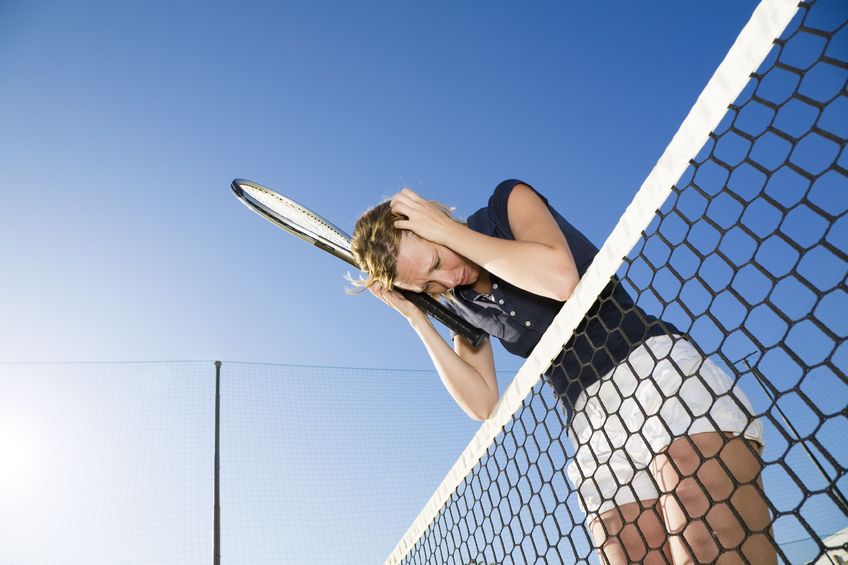Note that your final mark will not be saved in the system.
Arousal, Anxiety and Relaxation Techniques Typeit
Type the correct answers into the spaces. Fill all the spaces before clicking ‘Check Answers!’

Arousal is defined as the physical and/or state of alertness; from deep sleep to intense excitement. Anxiety, on the other hand, can be defined as the signs and symptoms of apprehension towards a situation perceived as threatening. It is important for athletes and their coaches to understand arousal and anxiety, including how they occur, when they occur and, most importantly, how to control them.
In sports, athletes need to control their arousal levels to be at an optimal level – this is the point at which the level of arousal corresponds with performance levels. This optimal level will vary with different skills, with fine skills requiring lower levels of arousal to be at optimum than gross skills. To prevent arousal and anxiety from becoming out of control, athletes can use techniques to control their arousal levels.
is a somatic/physical technique that can be used to control arousal. This is the process of the skill and movement that is about to take place. The performer will picture in their mind the skill being carried out, as they would want it to happen in the real situation, and imagine it going perfectly well. This technique allows the performer to increase their levels of on the task in front of them and block out any distractions, such as the noise of the crowd. A common example of this method being used is when taking a conversion during a rugby match. A player taking a conversion or penalty from the tee will often pause and concentrate on the ball and posts; they may even swing their arms and legs to help prepare their body – this is how they visualise and imagine the perfect kick. For example, Welsh fly-half Dan Biggar is known so well for this mental (and physical) preparation for his conversions that his movements are now known as the 'Biggarena'.
breathing is a somatic/physical method that can be used to control arousal. This is the process of the performer taking in large, controlled breaths before performing a task, such as for 4 seconds, holding for 4 seconds and exhaling for 4 seconds. This helps to control arousal, as slowing and controlling the breath activates the nervous system, which also reduces rate. It also turns the performer’s focus towards breathing technique and away from the situation. An example of this is a gymnast inhaling and exhaling deep controlled breaths as they await the music to begin their floor routine.